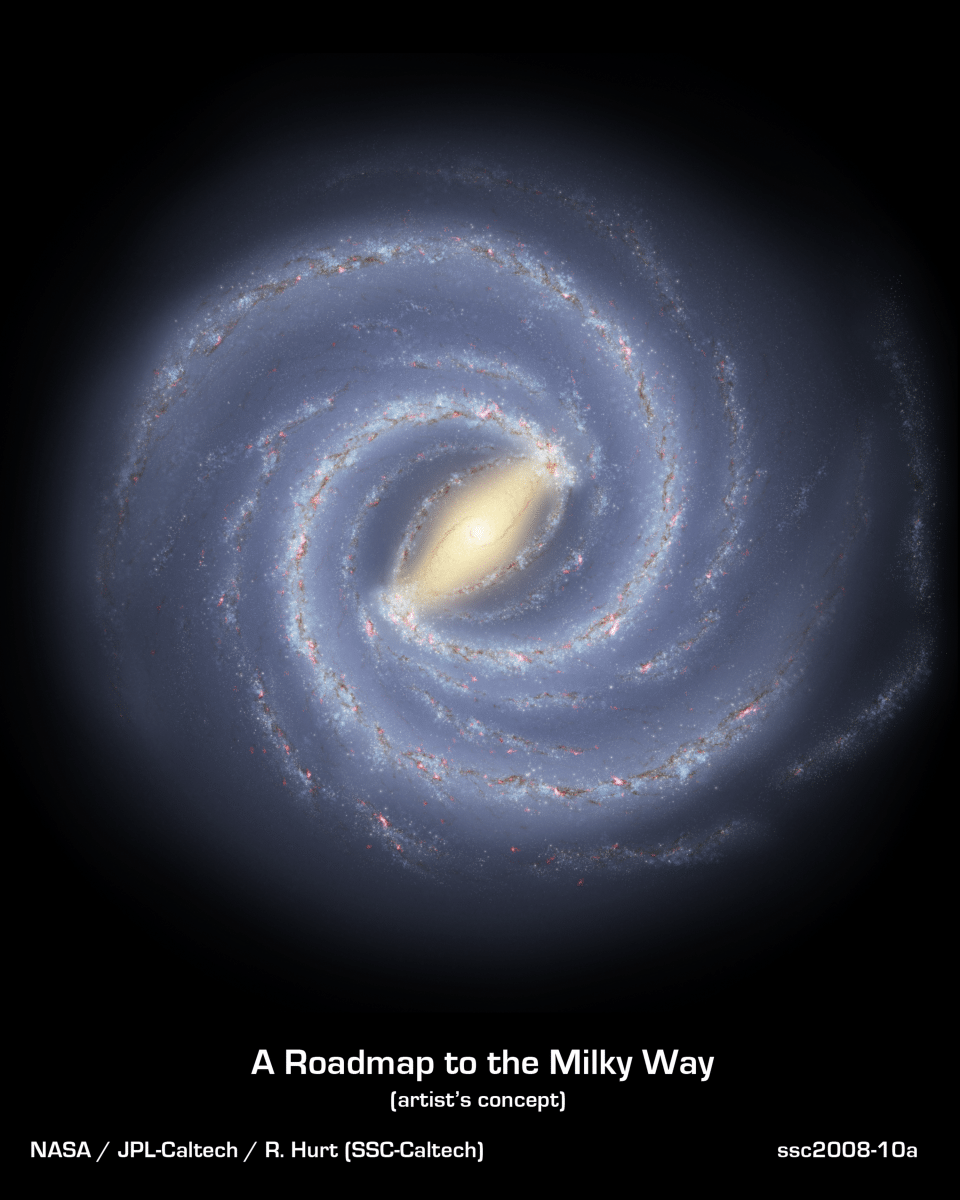The discovery of two new dwarf galaxies on the edge of the Milky Way could help us better understand dark matter, which is practically invisible but is said to make up about 85 percent of the matter in the universe.
An international team of researchers used data from Subaru's Strategic Program (SSP) Hyper Suprime-Cam (HSC) to conduct their investigations and publish the results. In the Japanese Astronomical Society.
advertisement
For a long time, scientists have been concerned with the so-called “missing satellite problem”: the Milky Way appears to have far fewer companion galaxies than the standard dark matter model predicts. This assumes around 220 satellite galaxies. The newly discovered dwarf galaxies Virgo III and Sextans II could now help solve this mystery.
At first very few, now very many small galaxies?
“The question of how many satellite galaxies the Milky Way has has puzzled astronomers for decades,” explains Masashi Chiba, a professor at Tohoku University. The team suspects that there may be many more small, undiscovered dwarf galaxies that are difficult to observe. The powerful Subaru Telescope in Hawaii proved ideal for this search.
The new discoveries bring the total number of satellite galaxies found by the various research teams to nine. That’s still far short of the 220 companions predicted by standard dark matter theory. However, the HSC-SSP doesn’t cover the entire Milky Way. The team’s predictions suggest there could actually be as many as 500 satellite galaxies, turning the “missing satellite problem” into a “too many satellite problem.”
Telescope with larger field of view required
To determine the exact number of companion galaxies more accurately, more high-resolution observations are needed. “The next step is to use a more powerful telescope with a larger field of view,” Chiba said. “Next year, the Vera C. Rubin Observatory in Chile will be used for this purpose. I hope that many new satellite galaxies will be discovered as a result.”
(Makky)

“Total coffee aficionado. Travel buff. Music ninja. Bacon nerd. Beeraholic.”








More Stories
Coral Seeding: Artificial Insemination Makes Coral More Heat Tolerant
Fear, Anger, and Denial: How People Respond to Climate Change – Research
LKH Graz: Using radiation to combat heart arrhythmias